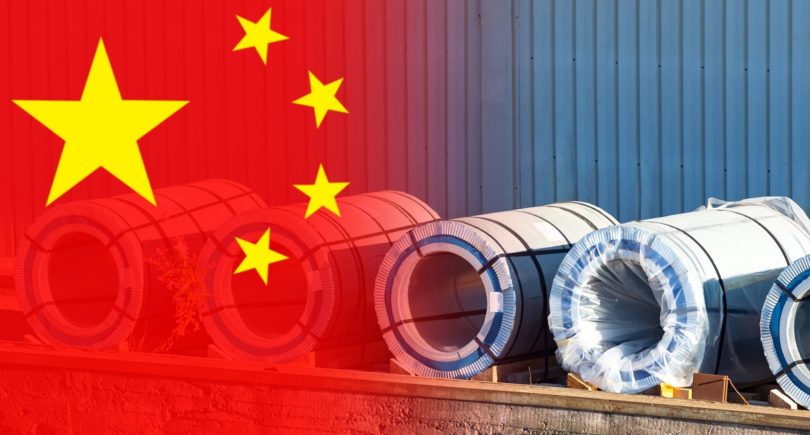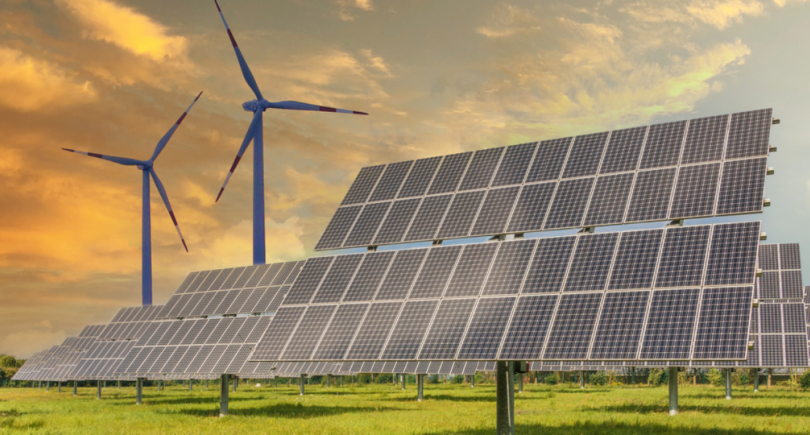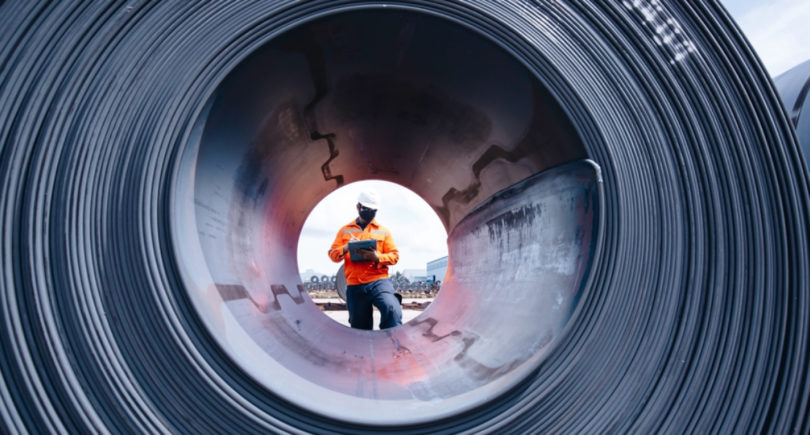
News Global Market CBAM 2177 05 April 2024
Chinese experts see green transformation of steel industry as key to industry growth
According to the China Iron and Steel Association (CISA), the introduction of the European Cross-Border Carbon Adjustment Mechanism (CBAM) will increase the export value of Chinese steel products by 4-6%. Taking into account the fees for certificates, this will lead to additional costs for metallurgical enterprises in the amount of $200-$400 million annually, China Daily reports.
It is expected that the industry’s further efforts will be aimed at actively modernizing steelmaking technologies, optimizing production processes and promoting waste recycling for the “green” transformation of the energy-intensive steel industry, experts say. These steps will help address the challenges posed by the European CBA and pressure from downstream industries such as the automotive sector, which are in urgent need of environmentally friendly steel.
Mao Xinping, a member of the Chinese Academy of Engineering and a professor at the Beijing University of Science and Technology, believes that in the context of global carbon emissions reduction, China’s steel industry faces enormous challenges but also has great opportunities. Achieving carbon neutrality in the country’s steel industry, in particular, requires a number of major technological innovations, as well as scientific and technological resources and financial investments.
China has introduced a carbon pricing mechanism, actively building a national unified carbon market compatible with international standards, said Lu Shize, deputy director of the Climate Change Department of the Ministry of Ecology and Environment.
«In the future, we will steadily expand the coverage of the carbon market to include more industries. For the steel industry, being included in the national carbon market faces a series of challenges such as large carbon emissions and weak data foundations,» he said.
According to experts, the key areas of support for modernization and green transition for the Chinese steel industry are to promote stable growth, accelerate equipment upgrades and technological modernization, and promote digital transformation and low-carbon development.
As GMK Center reported earlier, China’s National Development and Reform Commission has set a goal of building green and low-carbon buildings starting in 2027 to improve energy efficiency and reduce carbon emissions in the construction industry. This could increase domestic demand for green steel products in the future.



